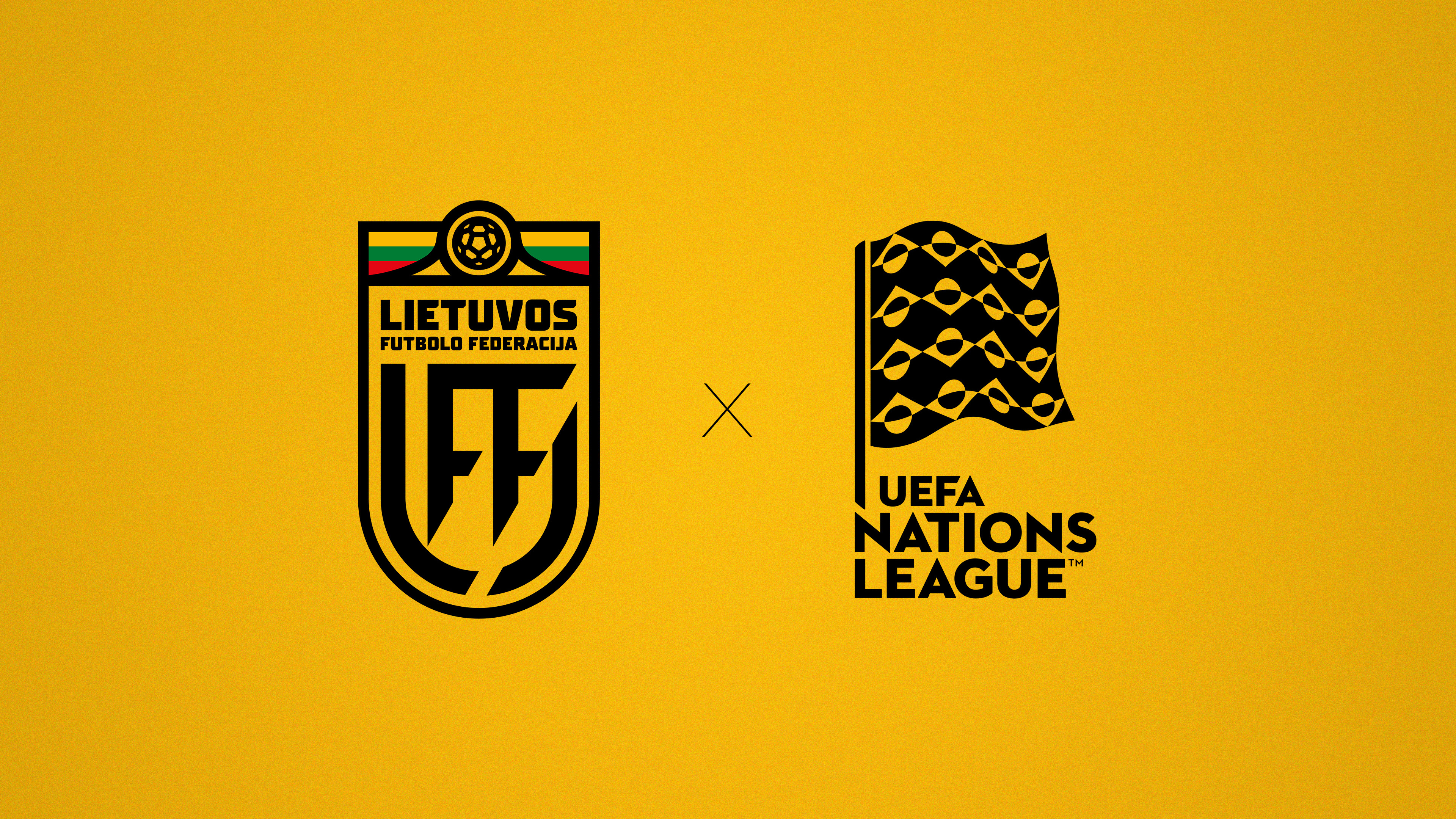WHERE IT ALL STARTED...
With a foundation date of 1888 and location of East End of Glasgow, Celtic was formed as a means of fundraising for the "Poor Children's Dinner Table" charity.
A year later, the club played its first official match against Rangers, thus setting the stage for a rivalry based as much on the clubs' political and religious differences than on their on-field disputes. The two teams gathered most supporters of the Glasgow teams in the 1890s and earned them the collective name Old Firm.
For the first couple of decades, Celtic was slightly more successful of the two clubs, winning 17 Scottish Championships and 12 Scottish Cups until 1927.
THE CITY...
Glasgow is the most populous city in Scotland and the fourth-most populous city in the United Kingdom, as well as being the 27th largest city by population in Europe.
The name Glasgow is Brittonic in origin. The first element glas, meaning "grey-green, grey-blue" both in Brittonic, Scottish Gaelic and modern day Welsh and the second *cöü, "hollow" (c.f. Welsh glas-cau), giving a meaning of "green-hollow". The green-hollow may refer to the ravine to the east of Glasgow Cathedral.
Glasgow grew from a small rural settlement on the River Clyde to become the largest seaport in Scotland, and tenth largest by tonnage in Britain.
CREST AND COLURS...
For most of Celtic's history their home strip has featured green and white horizontal hoops, but their original strip consisted of a white top with black shorts and black and green hooped socks. The top also featured the Marist Brothers' badge on the right hand side, consisting of a green Celtic cross inside a red circle. In 1889, the club changed to a green and white vertically striped top and for the next fourteen years this remained unchanged although the colour of the shorts alternated between white and black several times over this period. The top did not feature a crest.
In 1903, Celtic adopted their now famous green and white hooped tops. The new design was worn for the first time on 15 August 1903 in a match against Partick Thistle. Black socks continued to be worn until the early 1930s, at which point the team switched to green socks. Plain white socks came into use in the mid 1960s, and white has been the predominant colour worn since then.





